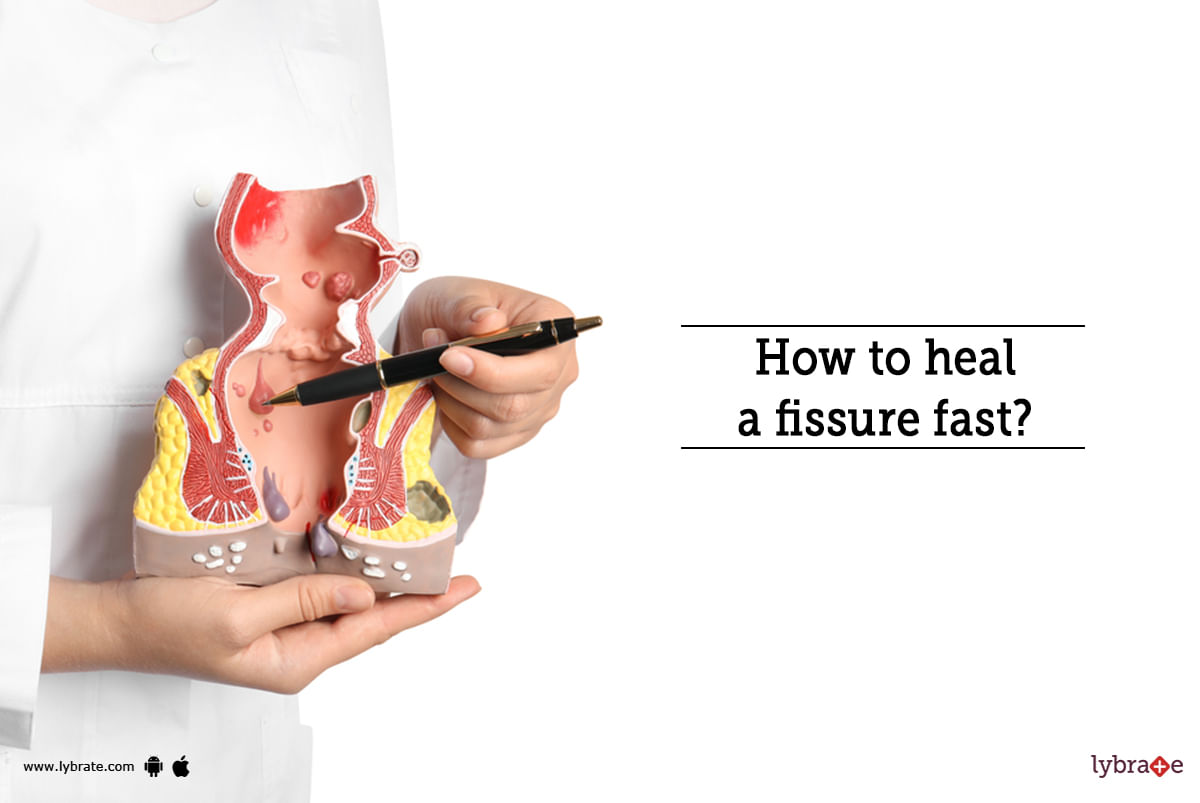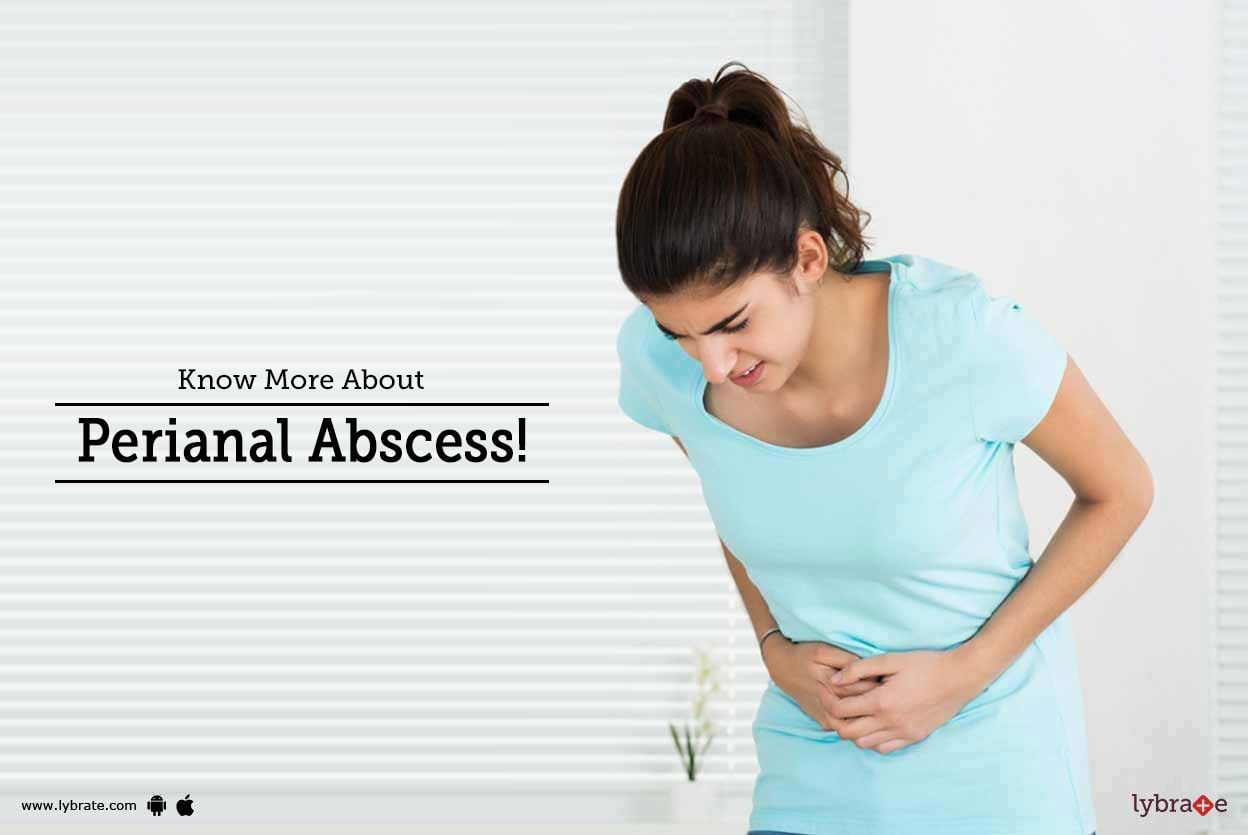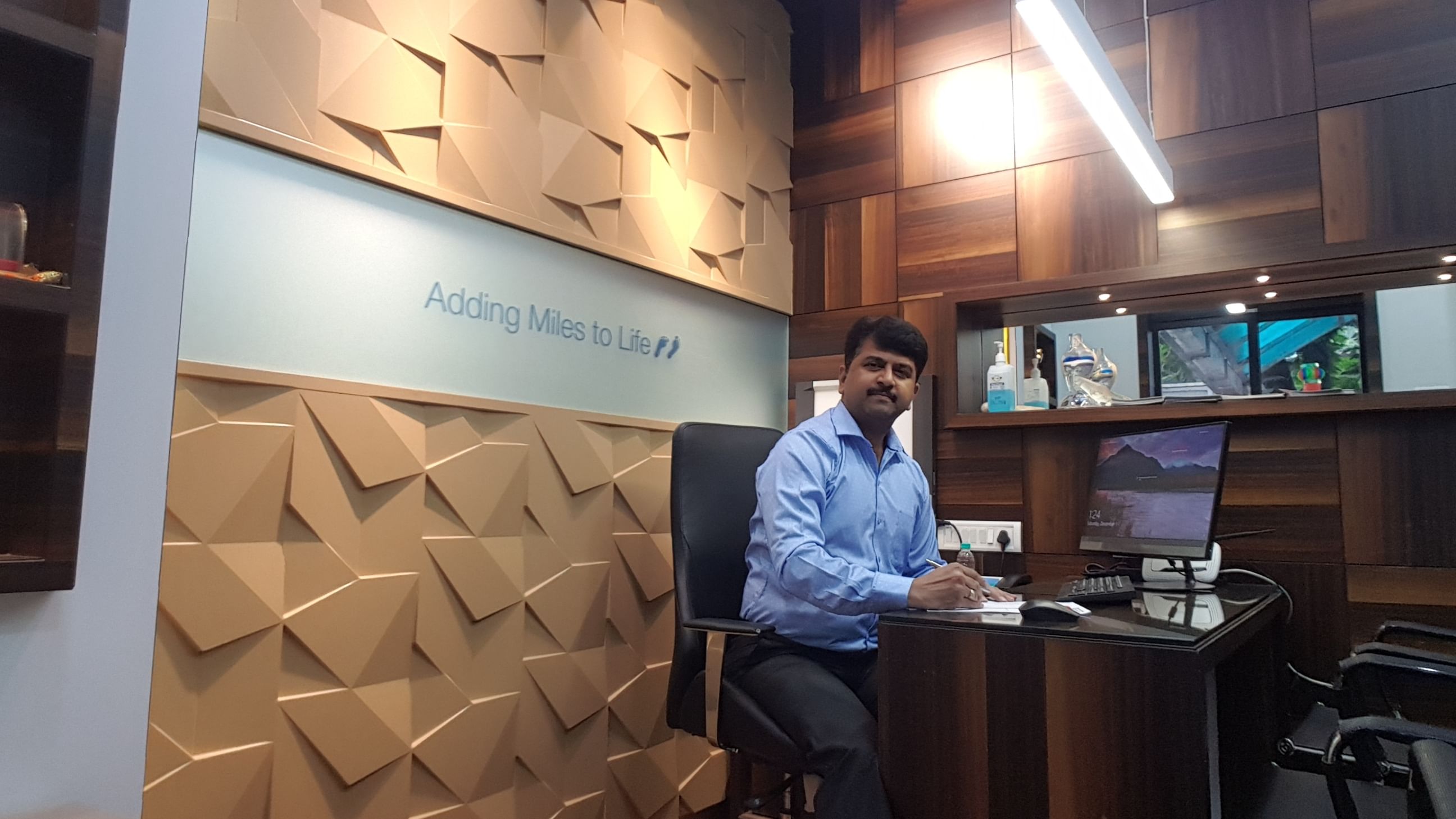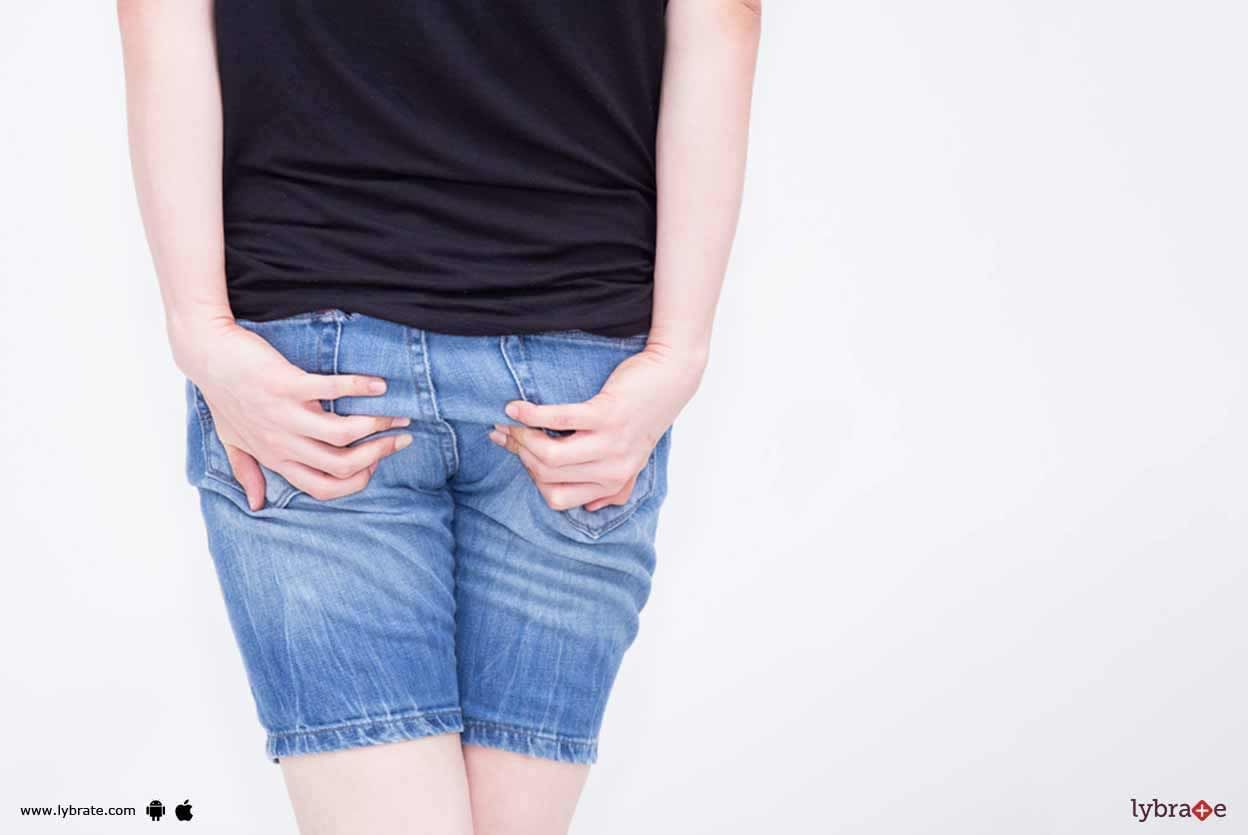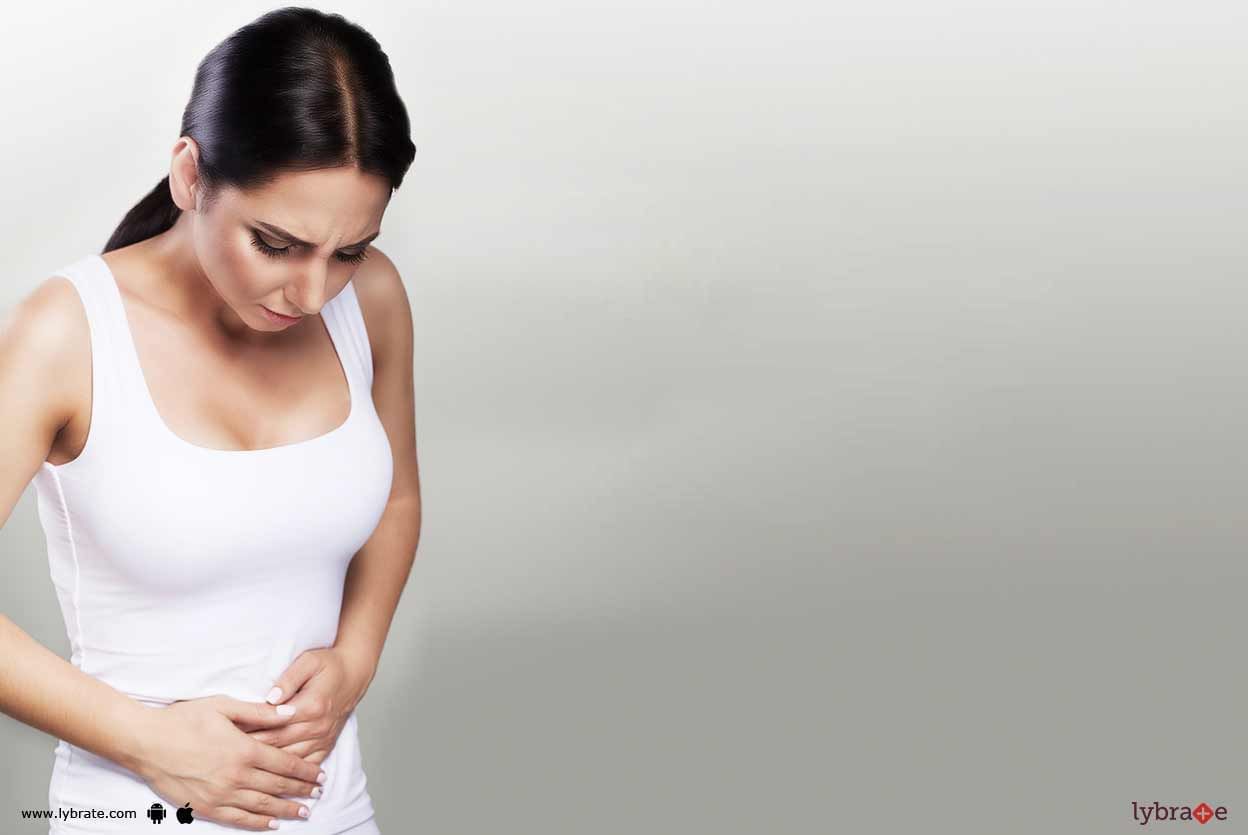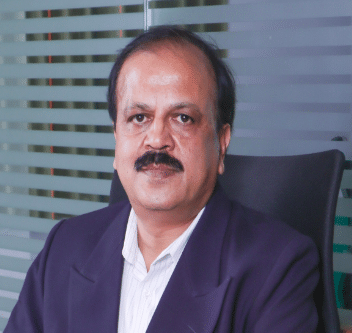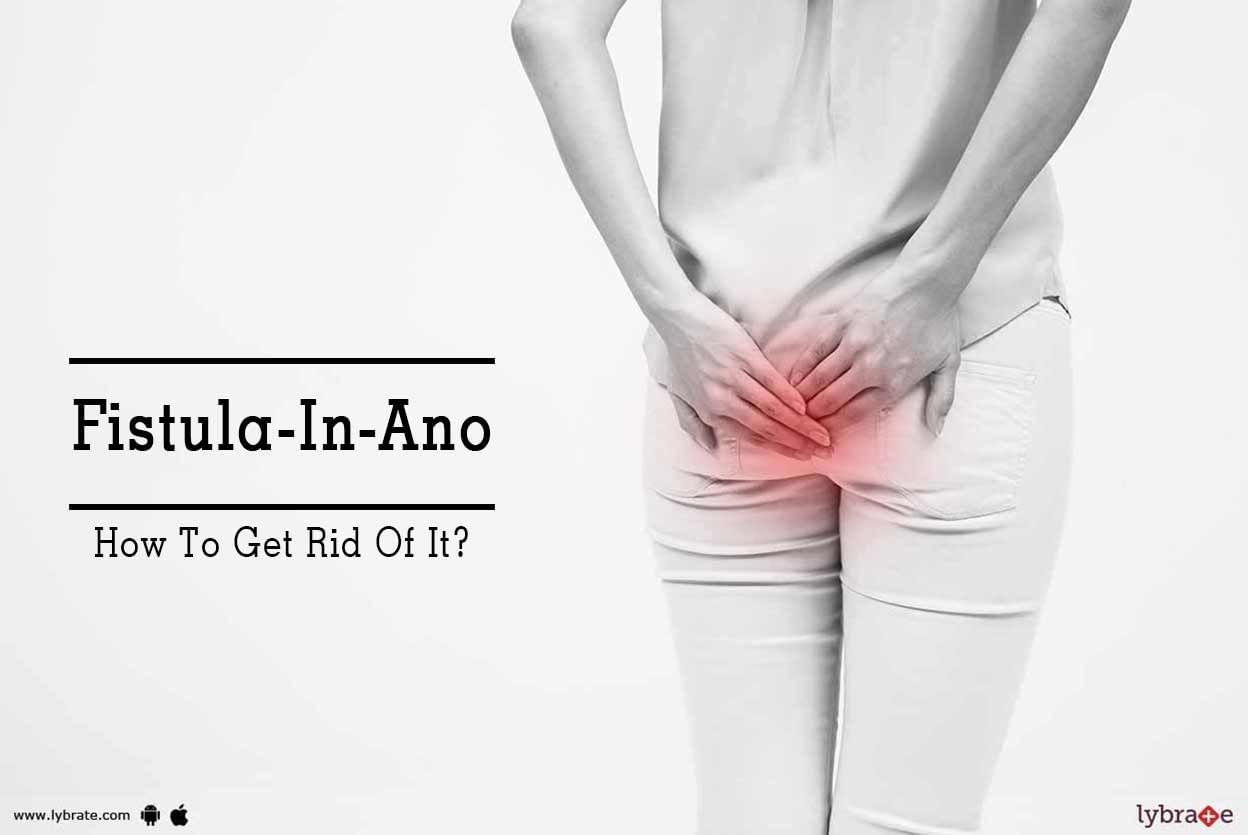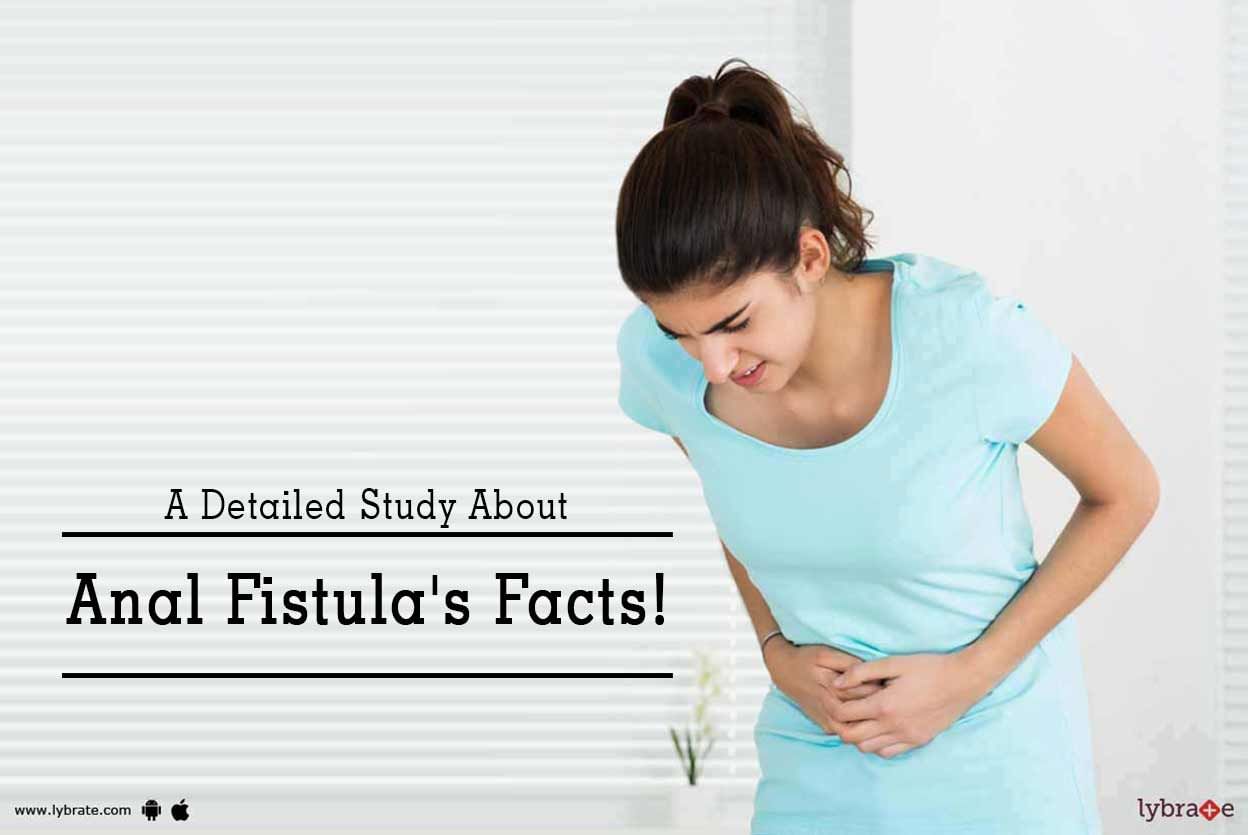Get the App
For Doctors
Login/Sign-up
About
Health Feed
Find Doctors
Health Packages
AllQ&AsTipsQuizzes
Anal Fissure Tips
Last Updated: 2 years ago• Featured Tip
Share
Bookmark
Report
What is fissure?
Fissure is a term used to describe conditions that cause small cuts or tears in the lining of the anus. These tears can be caused by a variety of things, including straining during bowel movements, infections, and chronic constipation.
Types of fissure:
Radial fissure: this type of fissure is a crack that branches out from the centre of a surface like the spokes of a wheel.
Linear fissure: this type of fissure is ...more
Last Updated: 4 years ago• Featured Tip
Share
Bookmark
Report
The human body is an intricate mechanism that functions amazingly. And when there is any trouble it does not fail to show signs of trouble, and all we need to do is, to notice it and solve our problems. This is applicable to all types of health issues, including a perianal abscess.
What is Perianal abscess?
Perianal abscess is an extremely painful condition of anal abscess that occurs when one cavity in the anus starts getting filled up with pus. Very often it appears as a painful s...more
What is Perianal abscess?
Perianal abscess is an extremely painful condition of anal abscess that occurs when one cavity in the anus starts getting filled up with pus. Very often it appears as a painful s...more
Last Updated: 5 years ago• Featured Tip
Share
Bookmark
Report
Perianal Abscess develops near the anus or back passage. Typically it tends to develop quite quickly and people suffer from pain in the rectum or on the anus. The pain can get accompanied by fever, chills and a feeling as if they are not well at all. There can well be an obvious painful swelling alongside the anus or back passage.
A Fistula is always a follow of a previous abscess. A fistula connects a previously infected anal gland to the skin on the buttocks outside the anus. People c...more
A Fistula is always a follow of a previous abscess. A fistula connects a previously infected anal gland to the skin on the buttocks outside the anus. People c...more
Last Updated: 5 years ago• Featured Tip
Share
Bookmark
Report
Anal fistula, a challenge for modern surgery, but can be cured with grade ksharsutra in Ayurveda (Indian system of medicine). Anal fistula is a disease for which different methods of treatment have been advocated time to time, even today when we are talking about robotic surgery, this disease has no satisfactory method of treatment in modern surgery. The latest method of video assisted anal fistula treatment (VAAFT) is not satisfactory due to high incidences of recurrence after the surgery. But...more
Last Updated: 5 years ago• Featured Tip
Share
Bookmark
Report
Anal fissures are the small tears formed in the anal lining. They are also known as anal ulcers. An anal fissure causes a lot of pain and bleeding during your bowel movements. Usually a fissure heals automatically in a few days time. It can be treated with simple home remedies as well.
CAUSES:
1. You can suffer from an anal fissure if you pass hard and large stools.
2. Also strained childbirth or suffering from violent spells of diarrhea might get you an anal fissur...more
CAUSES:
1. You can suffer from an anal fissure if you pass hard and large stools.
2. Also strained childbirth or suffering from violent spells of diarrhea might get you an anal fissur...more
Last Updated: 5 years ago• Featured Tip
Share
Bookmark
Report
Anal fistulas or fistula-in-ano generally cause discomfort due pus or watery discharges and sometimes pain. This is a condition where a nodular swellingappears in area surrounding the anal opening. Intermittent pus discharged is noticed from this nodular swelling. Instead of a nodular swelling; there might be simply an opening in this region. An anal abscess is one of the most common causes for this condition. Here are ten things you should know about these anal fistulas:
It i...more
It i...more
Last Updated: 5 years ago• Featured Tip
Share
Bookmark
Report
Piles or fistula are two very severe problems which men can face at any point in their life. These two medical conditions affect one of the main parts of a men's system, i.e. the anus. But many a time people confuse one of these disorder with the other one.
What Are Piles?
Piles are the inflamed or swollen set of tissues which are present in the sensitive anal area. These can range from different sizes and can also be present in various areas i.e. internal or external. Internal pile...more
What Are Piles?
Piles are the inflamed or swollen set of tissues which are present in the sensitive anal area. These can range from different sizes and can also be present in various areas i.e. internal or external. Internal pile...more
Last Updated: 5 years ago• Featured Tip
Share
Bookmark
Report
An anal fistula, is also called as fistula- in -ano, it is a small channel that develops between the end of the large intestine called the anal canal and the skin near the anus. This is a painful condition, especially when the patient is passing stools. It can also cause bleeding and discharge during defecation.
Genesis of fistula-in-ano
Almost all anal fistulae occur due to an anorectal abscess that begins as an infection in one of the anal glands. This infection spreads down ...more
Genesis of fistula-in-ano
Almost all anal fistulae occur due to an anorectal abscess that begins as an infection in one of the anal glands. This infection spreads down ...more
Last Updated: 6 years ago• Featured Tip
Share
Bookmark
Report
An Anal fistula (also known as fistula-in-ano) is a small tunnel that can develop between anal canal and the skin near the anus often resulting from an untreated or inadequately treated perianal abscess. No medicinal treatment shows complete cure of anal fistula except few conditions like tubercular fistula. Early surgery, short & straight fistula tract and anal fistula treatment with ksharasutra give promising results with high rate of success.
Fast facts on Anal fistula
Essen...more
Fast facts on Anal fistula
Essen...more
Last Updated: 6 years ago• Featured Tip
Share
Bookmark
Report
The modern lifestyle, along with providing comfort, has also made us susceptible to a host of diseases and ailments. The regular and indiscriminate intake of junk foods, high-salt content foods, and sugar-laden fizzy drinks deprives the body of necessary fiber and essential nutrients. These habits can cause the condition known as the fistula. What more, stress and sedentary lifestyles also figure among the primary causes of the disease.
Problem
Fistula can generate extreme pain and ...more
Problem
Fistula can generate extreme pain and ...more
Book appointment with top doctors for Anal Fissure treatment
View fees, clinic timings and reviews
Ask a free question
Get FREE multiple opinions from Doctors
posted anonymously


